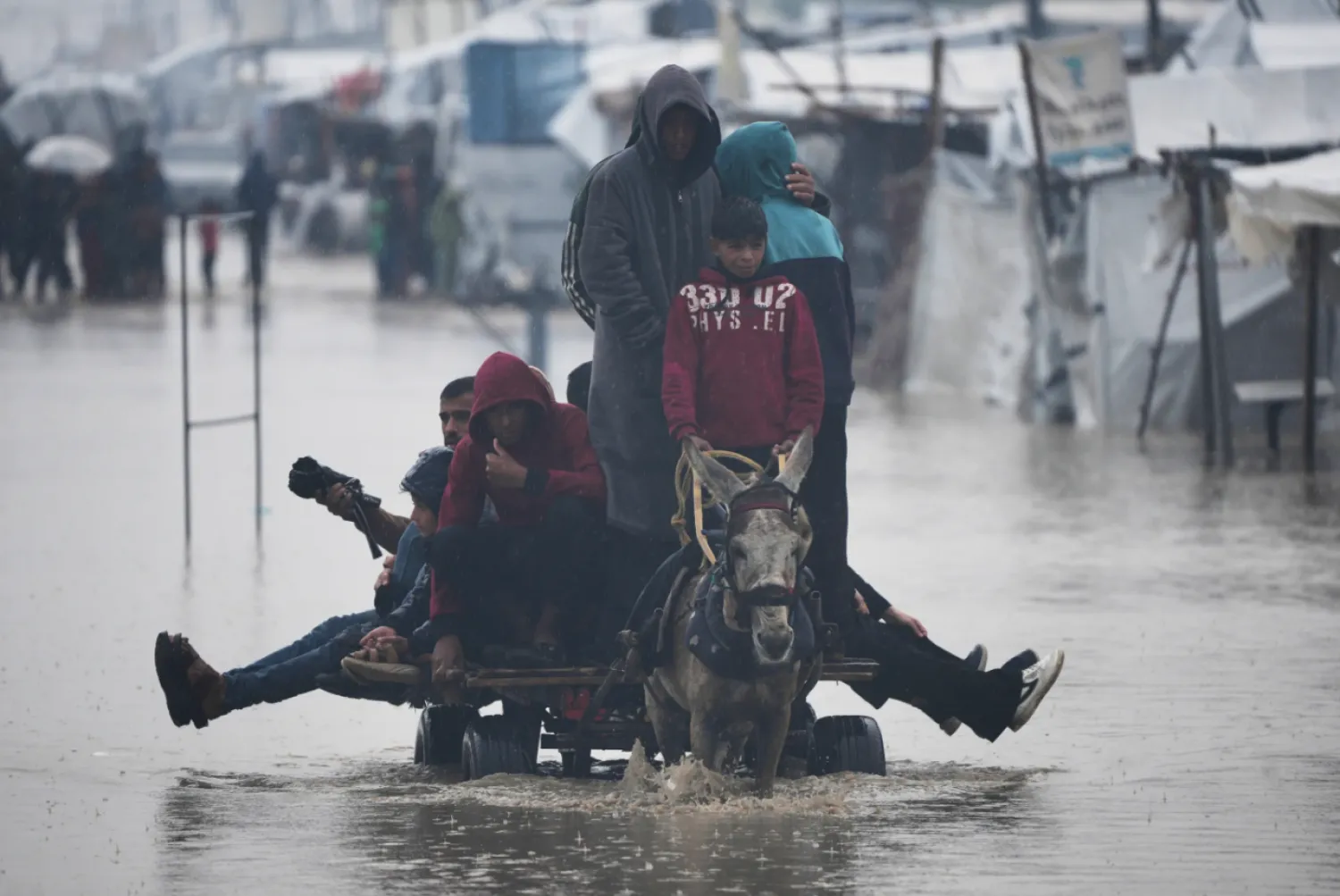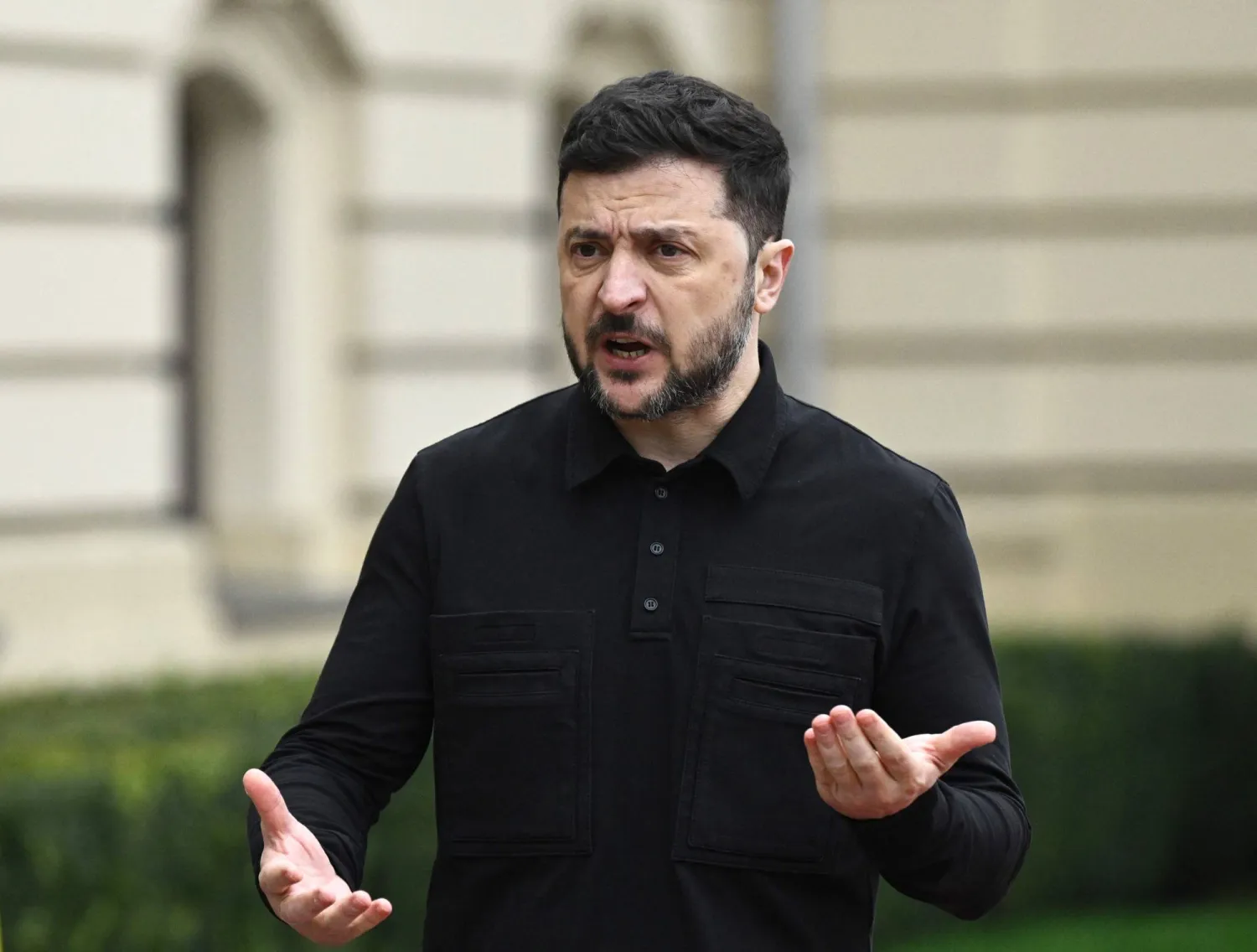Asharq Al-Awsat is publishing a series of excerpts from a new book by former Lebanese MP Bassem al-Sabeh in which he recalls the thorny relationship between slain former Lebanese Prime Minister Rafik al-Hariri and members of the ruling elite in Syria. “Lebanon in the Shadows of Hell: from the Taif Accord to Hariri’s Assassination” is published by All Prints Distributors & Publishers.
Sabeh worked as an aide to Hariri until his killing in February 2005. He served as lawmaker from 1992 to 2009. He was also appointed information minister in Hariri’s government between 1996 and 1998. Sabeh is a member of Hariri’s Mustaqbal Movement and a pillar of the March 14 movement that opposed Syria’s political and security hegemony over Lebanon.
Hariri’s ties with the Syrian leadership extended to around 25 years. In the early 1980s, he acted as an envoy to Saudi King Fahad bin Abdulaziz and accompanied Prince Badr bin Sultan’s diplomatic visits when it came to Arab efforts to end the Lebanese civil war.

At the time, Lebanon and Syria’s relationship revolved around interests and political and personal calculations of Syrian officials, whom Syrian President Hafze al-Assad had given permission to interfere in Lebanese affairs. Hariri had to maneuver around these interests as he attempted to forge ties with the Syrian leadership.
Hariri was in direct contact with Syrian Vice President Abdul Halim Khaddam, army commander Hikmat al-Shehabi, head of Syria's security apparatus in Lebanon Ghazi Kanaan, and military intelligence officer Rustom Ghazaleh. Bashar al-Assad would join the list in the final years of his father, Hafez’s, life.
Other notable Syrian figures at the time included Bassel al-Assad, Bashar’s older brother, who died in a car crash in 1994. He was being groomed to succeed his father as president. Other figures included Maher al-Assad, Bashar’s younger brother, military officer Assef Shawkat, intelligence officer Ali Mamlouk, Defense Minister Mustafa Tlass, foreign minister Walid al-Muallem and his predecessor Farouk al-Sharaa.
Hariri’s ties with Hafez emerged and developed and were tested under the umbrella of Saudi-Syrian relations. They were ruled by conditions that bolstered mutual trust and respect between them. The good relations did not extend to any of Hafez’s three sons. Rather, they were marked by a lot of mistrust and suspicion that ultimately left grave damage to Lebanese-Syrian ties that culminated in United Nations Security Council resolution 1559 and left Lebanon and Syria revolving in a cycle of mutual spite.

Before Bashar entered the picture, Hafez was grooming his eldest son, Bassel, to become president. He was the undisputed heir to the presidency. He was Syria’s number one equestrian champion and excelled at his studies at the Soviet Military Academies. He rose up the ranks to become commander of the republican guard.
Bashar, meanwhile, earned his medical degree from Syria before heading to London for postgraduate training in ophthalmology. He was summoned back to Damascus in 1994 after Bassel’s death. He was groomed to become Hafez’s heir. Maher was seen as too hardline to succeed Bassel. He nevertheless is part of the ruling elite, and has been the number two in the regime after he took over the republican guard and Fourth Brigade.
I attended Bassel’s funeral in Syria’s al-Qardaha. In attendance were Egyptian President Hosni Mubarak, senior Syrian officials and others. Unlike other officials, Hariri cried at the funeral. I asked him about it later, knowing that he had never met Bassel and shared no ties with him. He replied: “At that moment, I recalled my son Hussam [who passed away in a car accident in the US in the late 1980s]. There is no harder experience than that for a father. God help President Assad.”
Bassel, Bashar and Maher played various roles in influencing Hariri’s political role. Other Syrian officials who also played a similar part included Kanaan, in his capacity as head of the Syrian security apparatus in Lebanon, Mohammed Nassif, who is known for his loyalty to the Assad family, and Shawkat, Hafez’s son-in-law who rose to prominence after Bassel’s death.
Hariri did try to achieve some rapprochement with Bassel in the early 1990s, but Hafez stood in his war. Hariri would try to again forge ties with his other son, Bashar in the late 1990s.
At the time, relations between the two men were very frosty after Lebanese army commander and later President Emile Lahoud was chosen as Syria’s number one man in Lebanon. Lahoud was elected president in 1998 and was given free rein by Syria in acting out in spite against Hariri and launching defamation campaigns against his policies soon after his term as PM ended.
Hariri sought to break the campaign launched against him by Lahoud - with the backing of Kanaan and Ghazaleh. He believed it was necessary to tackle the situation head-on by heading to the source of the problem and tackling the possible means to rectify the relationship.

He made an unannounced visit to Damascus to meet with Hafez. It was 1999 and Hafez would die the following year. Hariri realized during that meeting that Hafez had finished paving the way for Bashar to succeed him.
Hafez advised Hariri to be open with Bashar and speak with him directly about Lebanon and ties with Syria. “Bashar has good relations with Lahoud and he can address the situation,” he quoted Hafez as saying. Hariri agreed to the suggestion without hesitation. In turn, Hafez pledged to arrange a meeting with his son. At that moment, Hariri realized that his friend Khaddam’s role in the regime had been diminished and that he needed to speak directly with Bashar to curry favor with Damascus.
Hariri summoned me to his Qoreitem residence in Beirut in late September 1999. He told me that we were headed to Damascus on an unannounced visit. I was not informed who we will be meeting even as the convoy sped to the border. “Are you going to meet the president?” I asked. “Someone more important than him. I will be meeting with Bashar. This is what the old man [Hafez] wants. There is a need to open a new chapter,” replied Hariri. “The father’s health is declining and the young man will come to power. I am being asked to help him. This is the first time I head to Damascus without meeting Khaddam. At any rate, I don’t want him to know now. I’ll tell him later.”

In Syria, a convoy escorted us to Mount Qasioun that overlooks Damascus. There, Bassel had built a mini villa that he used as his office. Bashar had inherited it from him.
Bashar welcomed Hariri into his office, while Wissam al-Hassan and Yehya al-Arab - of Hariri’s security entourage - and I remained in the nearby salon. Signaling my companions to remain quiet, I tried to eavesdrop on the conversation going on in the office, but all I heard were murmurings and some laughter. I hoped that any snippet of conversation could break the tension.
The meeting went on for around an hour and a half. Bashar bid farewell to his guest the same way he greeted him. He accorded us with a farewell gesture, but without a handshake or speaking to us.
Hariri and I rode back to Lebanon together in the same car. He remained silent for most of the journey in Syria. “How was the meeting? You’re unusually silent,” I told him. “We’ll talk later” was his reply. When we entered Lebanon, he parked the car just near the border and told me to take the wheel.
He started talking as soon as we got back into the car. “The meeting was necessary and definitely good. Do you want me to be blunt? After this meeting, I am no longer afraid for Lebanon. We can handle our own problems. We are used to falling down and getting back up. I am now afraid for Syria,” he said.
“How so?” I asked. “After Hafez, Syria will be ruled by a child. God help Syria,” replied Hariri after which he reclined his seat and slept.

The next day, he told me that Bashar’s main concern now revolved around “arranging the internal house of his party, regime and family to address any emergency related to his father’s health. He sees in my friendship an opening to forge foreign relations which he will need in the coming period.” Hariri said Bashar asked him about his relationship with French President Jacques Chirac, Saudi Crown Prince Abdullah bin Abdulaziz and the American administration. He asked for cooperation with Lahoud and to monitor the changes that will take place in Syria.
“The young man is awaiting the death of his father without openly saying it. He said his father’s health was concerning and that he was suffering from complications from diabetes,” added Hariri. He seemed reassured that Bashar was being preoccupied with the situation inside Syria.
Hafez realized that his son won’t kick off his term in office securely without the support of the Arab and international fold. He perhaps believed that Hariri could be a major player in paving the way for this support and who better than Hariri could achieve that?
*Next excerpt: Sole Article on the Agenda ... Insulting Rafik al-Hariri









